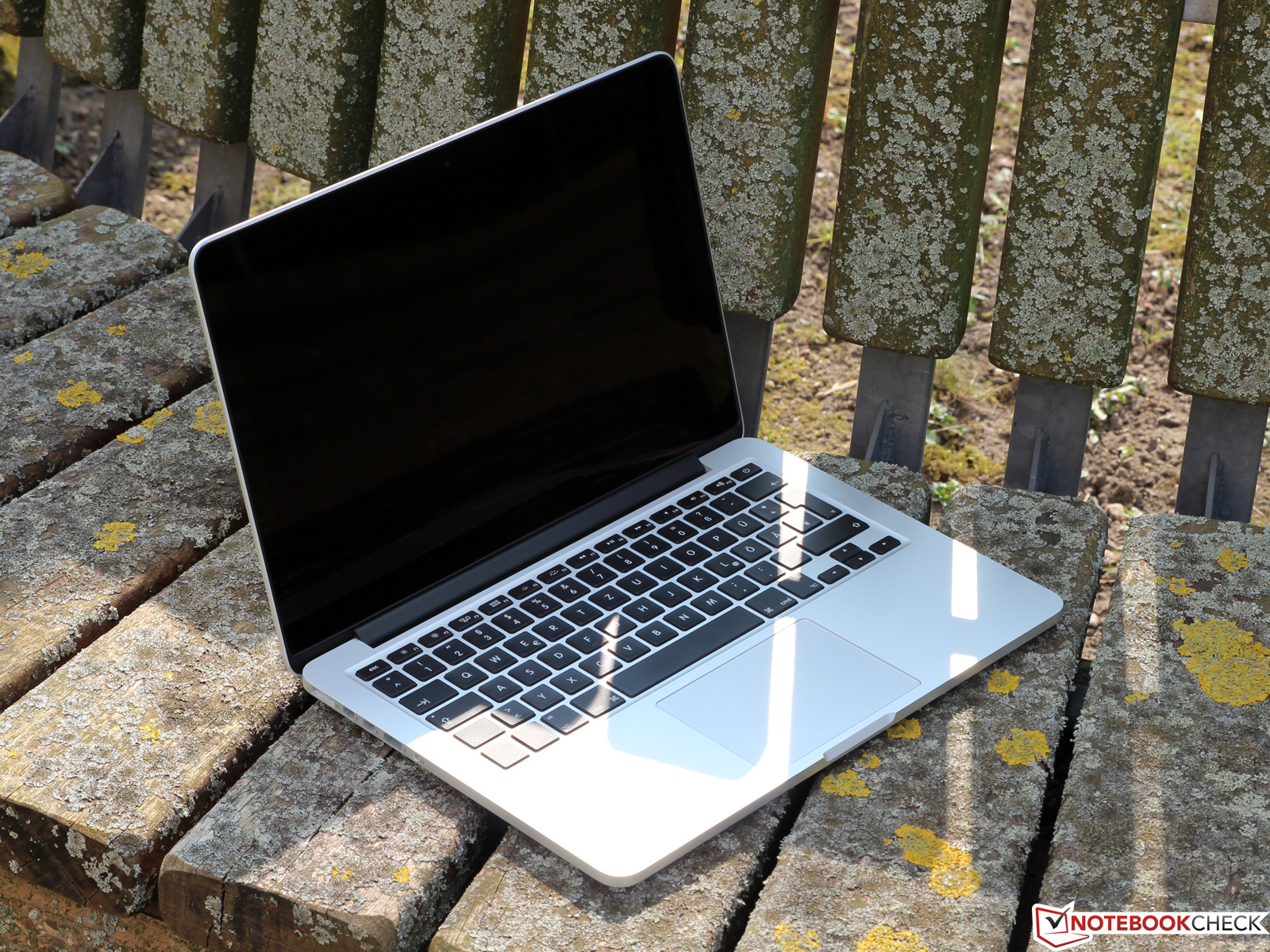

- #What processor is in the 2015 macbook pro 13 inch upgrade
- #What processor is in the 2015 macbook pro 13 inch full
And as Apple’s most popular Mac, the 13-inch Pro tells us a lot about what Apple thinks mainstream computers should look like - which usually tells us a lot about what other PC manufacturers will think mainstream computers should look like.īut now that we’ve unwrapped this thing, does it live up to all these expectations? Can its relatively midrange internals handle the burden of that beautiful display? Is the $1,699 13-inch Pro worth the upgrade over the $1,199 13-inch Air, until now the laptop we’ve most often recommended? Most importantly, is this your next laptop? Read on to find out. Apple has a playbook, and the new 13-inch Pro follows it closely. None of this is surprising, but that’s not a bad thing: the 13-inch Pro is a predictable product in the same way that opening a present and receiving exactly the thing you’d wished for is a predictable experience. And it has that Retina display - a technology that remains unmatched in the PC market. The design language follows right along with the recently-introduced 15-inch Retina Macbook Pro, which itself was a subtle iteration on the MacBook Pro before it. It’s a mainstream laptop that uses all the space-saving tricks and techniques Apple learned building the MacBook Air to be as thin and light as possible, but still offers up a powerful Intel processor and a seven-hour battery life. But more broadly, the new 13-inch Pro is much more than that: it’s a logical endpoint for a number of Apple and tech industry trend lines and the start of a new wave altogether. In isolation, the 13-inch Pro is just a smaller version of its well-regarded bigger brother, and so it’s easy to set expectations. If you’re looking for something to just handle your everyday computing tasks, the older, Skylake-powered MacBook Pros will more than suffice and are likely to go on sale with lower prices soon enough.A review of the new 13-inch MacBook Pro with Retina Display so closely following a review of the 15-inch model has many layers. Other than those small upgrades, the newest MacBook Pro doesn’t bring anything else to the plate. However, if you were holding out for increased RAM capacity, more storage or a 4K display, you're still out of luck here. Users looking for the most powerful MacBook might also squeeze more out of the updated discrete graphics on the 15-inch model. If you were disappointed that Apple didn’t debut its new MacBook Pro design with the latest Intel processors, the 2017 models are just the thing you’ve been waiting for. The 15-inch MacBook Pro with Touch Bar, meanwhile, remains at its original $2,399 (£2,349, AU$3,499) price. Unfortunately, this new entry-level unit comes with only 128GB of storage, half the amount data capacity found in the lowest priced 2016 model. Users have complained about the high price of the MacBook Pro and Apple’s solution this year was a lower priced $1,299 (£1,249, AU$1,899) 13-inch non-touch bar model. Unfortunately, memory capacity still peaks at just 16GB. The previous entry level model of the MacBook Pro 2016 came with 1,866MHz RAM. One other little hardware tweak Apple has introduced here is all the memory across the MacBook Pro line now operates at a 2,133MHz frequency.
#What processor is in the 2015 macbook pro 13 inch full
We’ll have to see if battery life with the latest hardware is better or worse in our full review. Kaby Lake should also afford Apple’s latest flagship laptops longer battery life, but both models still claim to run for the same 10 hours as the previous iterations. The 15-inch models also now feature higher-end discrete graphics, with the AMD Radeon Pro 555 and Radeon Pro 560 with up to 4GB of VRAM. With the latest processors also comes a new generation of integrated graphics, which should better handle streaming 4K media as well as media editing and creation.


On paper, all these 7th generation processors offer higher boost clocks that should translate into better performance. Now we come to the biggest change within the MacBook Pro 2017 model, the addition of the latest Intel Kaby Lake processors. Meanwhile, the 15-inch version is a small notch down in sharpness at 220ppi, due to its 2,880 x 1,800 pixels being spread across a larger screen.


 0 kommentar(er)
0 kommentar(er)
